If you were captivated by the timeless sci-fi classic The Day the Earth Stood Still (1951), you'll love these 10 similar movies and shows that explore themes of alien encounters, humanity's place in the universe, and thought-provoking social commentary. This curated list will take you on a journey through films and series that echo the same eerie atmosphere, moral dilemmas, and groundbreaking storytelling that made the original a landmark in cinema.

The Thing from Another World (1951)
Description: A tense and atmospheric story about a group of scientists and military personnel confronting an alien entity in a remote location. The film's focus on isolation, fear of the unknown, and the potential dangers of extraterrestrial life resonates with classic sci-fi themes.
Fact: The movie was based on a novella titled 'Who Goes There?' by John W. Campbell. It is often credited with popularizing the 'alien monster' trope in cinema.
 Watch Now
Watch Now 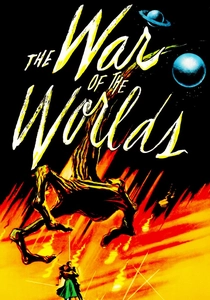
The War of the Worlds (1953)
Description: A classic science fiction film that explores the theme of an alien invasion, focusing on humanity's reaction to an existential threat from outer space. The film's portrayal of advanced alien technology and its impact on human society mirrors the tension and awe found in many mid-century sci-fi narratives.
Fact: The movie won an Academy Award for Best Visual Effects, pioneering techniques that influenced future sci-fi films. It was one of the first films to depict a large-scale alien attack on Earth.
 Watch Now
Watch Now 
Earth vs. the Flying Saucers (1956)
Description: This film captures the paranoia and excitement of the 1950s UFO craze, depicting a full-scale alien invasion with flying saucers attacking major cities. Its portrayal of humanity uniting against a common extraterrestrial threat is a hallmark of the era's sci-fi storytelling.
Fact: The special effects were created by Ray Harryhausen, a pioneer in stop-motion animation. The film's saucer designs were inspired by real UFO sightings reported at the time.
 Watch Now
Watch Now 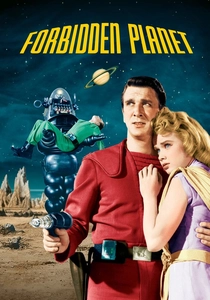
Forbidden Planet (1956)
Description: This film delves into the consequences of advanced alien technology and human curiosity, blending science fiction with psychological drama. Its exploration of alien civilizations and their remnants left on distant planets aligns with themes of discovery and caution.
Fact: It is considered one of the first science fiction films to feature a fully electronic score. The movie's robot, Robby, became an iconic figure in sci-fi culture.
 Watch Now
Watch Now 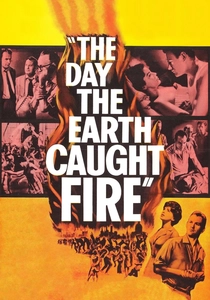
The Day the Earth Caught Fire (1961)
Description: A gripping tale of global catastrophe caused by human interference with nature, blending science fiction with disaster drama. The film's realistic approach to a world in crisis and its focus on scientific and political responses to an existential threat make it a standout in the genre.
Fact: The movie was shot in a semi-documentary style to enhance its realism. It features one of the first uses of a computer as a plot device in a film.
 Watch Now
Watch Now 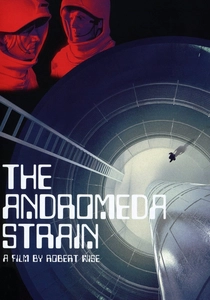
The Andromeda Strain (1971)
Description: A meticulous and suspenseful story about a team of scientists racing to contain a deadly extraterrestrial microorganism. The film's emphasis on scientific rigor, government secrecy, and the potential for alien life to threaten humanity aligns with thoughtful, hard sci-fi narratives.
Fact: The movie was based on a novel by Michael Crichton. It was praised for its accurate depiction of scientific procedures and equipment.
 Watch Now
Watch Now 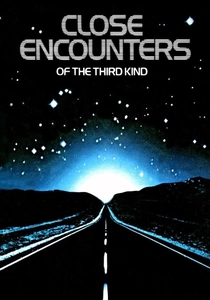
Close Encounters of the Third Kind (1977)
Description: A visionary exploration of human-alien contact, focusing on the wonder and mystery of first contact rather than hostility. The film's emphasis on communication, curiosity, and the awe-inspiring nature of extraterrestrial life sets it apart in the sci-fi genre.
Fact: The film's iconic five-note musical motif was developed in collaboration with composer John Williams. It was one of the first major films to depict UFOs as benevolent rather than hostile.
 Watch Now
Watch Now 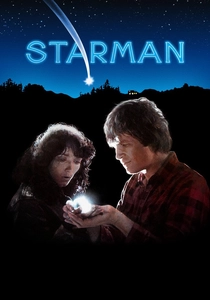
Starman (1984)
Description: A heartfelt story about an alien who takes human form to navigate Earth, blending science fiction with a road movie. The film's focus on the alien's perspective and its emotional exploration of humanity's strengths and flaws make it a unique entry in the genre.
Fact: The movie was one of the few sci-fi films of its time to focus on the emotional and personal aspects of alien contact. It was nominated for several awards, including an Academy Award for Best Actor.
 Watch Now
Watch Now 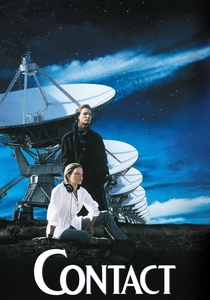
Contact (1997)
Description: A thought-provoking narrative about the search for extraterrestrial intelligence and the personal and societal impacts of first contact. The film's blend of hard science, philosophical questions, and emotional depth aligns with the more cerebral side of sci-fi storytelling.
Fact: The movie was based on a novel by Carl Sagan. It features realistic depictions of radio astronomy and the scientific process of detecting alien signals.
 Watch Now
Watch Now 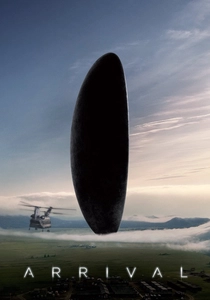
Arrival (2016)
Description: A cerebral and visually stunning film about linguists attempting to communicate with enigmatic alien visitors. The movie's focus on language, time, and the complexities of understanding an entirely alien intelligence offers a fresh take on first-contact scenarios.
Fact: The film's unique alien language was created by a professional linguist. It won an Academy Award for Best Sound Editing and was praised for its scientific accuracy and emotional depth.
 Watch Now
Watch Now 








